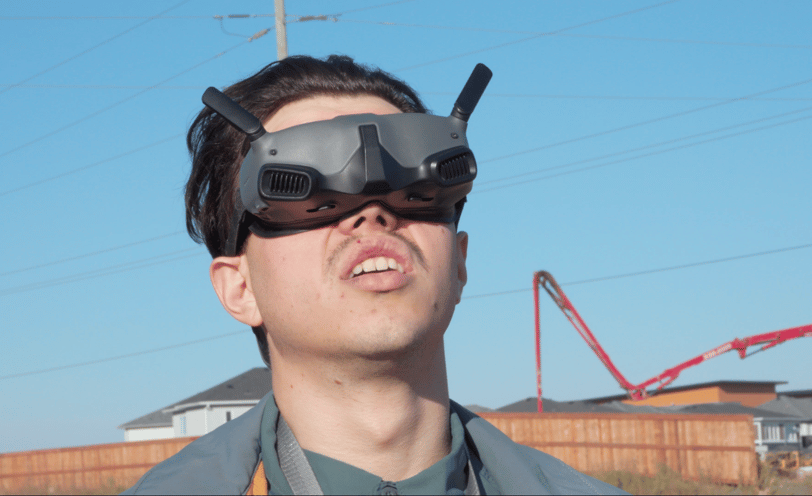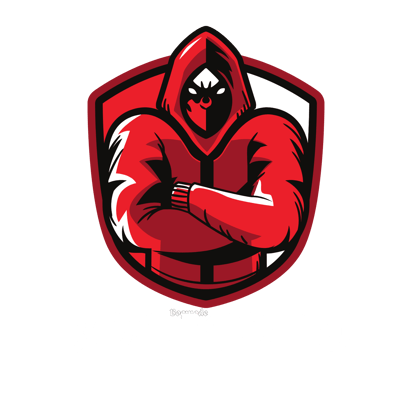The Ultimate Guide to Choosing Your First Drone: A Beginner's Perspective


Understanding Drone Types and Their Features
When delving into the world of drones, especially for beginners, it is crucial to grasp the different types available on the market, particularly entry-level models. Drones can generally be categorized into two main types: general-purpose drones and FPV (first-person view) drones. Each type offers distinct features and capabilities that cater to varying user needs.
General-purpose drones are designed for a broad range of applications, making them ideal for novices. These drones come equipped with user-friendly interfaces, ensuring that even those with no prior experience can operate them with relative ease. Features like one-touch takeoff and landing, automated flight modes, and integrated camera systems enhance the learning experience while providing high-quality aerial photography. A focus on durability is also essential, as beginner pilots may not always have full control when flying. Models constructed from robust materials help withstand occasional crashes that are common during the early stages of flying.
On the other hand, FPV drones offer a different experience, providing an immersive perspective by allowing pilots to fly as if they were onboard the drone. FPV systems typically require a higher level of skill, as the flight dynamics can be more challenging than those of general-purpose drones. While these models often boast superior speeds and agility, they may not be ideal for beginners who are just starting. Understanding this distinction is central to making an informed decision. Additionally, while FPV drones can provide thrilling experiences, they typically require further investments in goggles and controllers.
Ultimately, selecting the right drone entails recognizing your intended use, skill level, and specific features that will enhance your flying experience. Whether you prefer a user-friendly model for casual flights or seek the excitement of first-person view racing, knowledge of drones and their capabilities is vital for a satisfactory entry into this engaging hobby.
Top Beginner-Friendly Drone Models
Choosing a drone as a beginner can be overwhelming, but several models stand out for their user-friendliness and feature set, making them ideal for newcomers to the hobby. A prominent choice is the DJI Mini 2 SE. Renowned for its versatility, this drone is equipped with a robust 12 MP camera capable of 4K video, providing high-quality imaging for those looking to explore aerial photography. Its lightweight design, weighing only 249 grams, allows for effortless portability, ideal for beginners who wish to travel with their drone easily. Furthermore, the DJI Mini 2 SE boasts a flight time of up to 31 minutes, granting users ample opportunity to practice and refine their flying skills. With the user-friendly DJI Fly app, the learning curve is significantly reduced, making it an excellent option for novices.
For those interested in first-person view (FPV) flying, the BetaFPV Cetus Pro is highly recommended. This model strikes a balance between cost and performance, featuring a 1080P HD camera, which significantly enhances the FPV experience. The Cetus Pro's compact design ensures it can navigate tight spaces, making it suitable for indoor flying, an essential factor for beginners typically apprehensive about outdoor environments. Additionally, its one-button takeoff/landing feature simplifies operation, allowing users to focus on learning the intricacies of flight without being overwhelmed by complex controls.
Lastly, the EMAX Tinyhawk series presents an affordable and engaging introduction to FPV flying. Both the Tinyhawk I and II offer resilient designs and impressively low weights, which ensure they can withstand minor crashes—a common occurrence for first-time pilots. These drones also come pre-tuned, further easing the operational challenges faced by beginners. Their ability to handle various flight environments makes them excellent choices for learners seeking to cultivate fundamental flying skills in diverse settings.
Mastering the Basics of Drone Flying
As a novice in the world of drone flying, developing essential flying skills is imperative for both safety and enjoyment. Understanding the basic controls of your drone is the first step towards becoming proficient in maneuvering it effectively. Each drone, regardless of its type, has a unique controller layout that includes levers for throttle, yaw, pitch, and roll. Familiarizing yourself with these controls allows for improved handling and responsiveness.
Practicing in a wide-open space is advisable for beginners. Start in manual mode, as this will give you a direct connection to the drone’s capabilities and help you gain a better understanding of its flight characteristics. Spend time getting the feel for controlling altitude and orientation. As you become more comfortable, you can gradually progress to acrobatic modes, which introduce flips and advanced maneuvers. This transition builds confidence and enables the pilot to handle unexpected situations.
Additionally, taking the time to learn and perform routine maintenance on your drone cannot be underestimated. Regular checks on battery levels, propeller integrity, and firmware updates are vital to ensure safe flights. Having a maintenance checklist can help you systematically address potential issues, thus prolonging the life of your drone and enhancing its performance. Proper upkeep also reduces the risk of accidents, contributing to a smoother flying experience.
Moreover, engaging with online communities or forums can provide support and valuable feedback from more experienced pilots. Sharing experiences and tips may enhance your skillset further. Working through challenges with a network of fellow enthusiasts will enrich your journey. Remember, practice makes perfect; the more time you dedicate to honing your skills, the more proficient you will become in flying your drone.
Exploring Advanced Drones for Future Enthusiasts
As enthusiasts progress in their drone flying journey, the allure of advanced drones becomes increasingly enticing. These high-performance models, such as the iFlight Nazgul and DJI FPV, present opportunities for immersive experiences in both racing and aerial cinematography. Unlike beginner-friendly drones, which primarily focus on ease of use and safe operation, advanced variants are designed to deliver exceptional speed, agility, and control, allowing pilots to push the boundaries of their skillset.
The iFlight Nazgul, for example, is highly regarded in the racing community for its lightweight construction and powerful motors. This quadcopter permits users to perform intricate maneuvers, making it perfect for those looking to enter the competitive racing scene. It provides a thrilling experience while honing piloting capabilities. Similarly, the DJI FPV drone combines first-person view technology with state-of-the-art features, creating an immersive flight experience that appeals to thrill-seekers and professional filmmakers alike. Its ability to capture stunning aerial footage sets it apart in the realm of drone photography.
When considering a transition to advanced drone models, it's essential to reflect on long-term goals. Aspiring drone pilots should ask themselves whether they are interested in competitive racing, professional filmmaking, or merely exploring the skies with enhanced capabilities. With that in mind, careful research will ensure that the chosen model aligns with personal objectives and enhances the overall flying experience.
Among the range of advanced options available, the DJI Avata stands out as a remarkable recommendation. It effectively combines excellent maneuverability and camera quality, making it suitable for both recreational and more serious filmmaking endeavors. Ultimately, as users familiarize themselves with the complex features and controls that advanced drones offer, they unlock a world of exhilarating possibilities and creative expression that can significantly elevate their drone flying pursuits.
